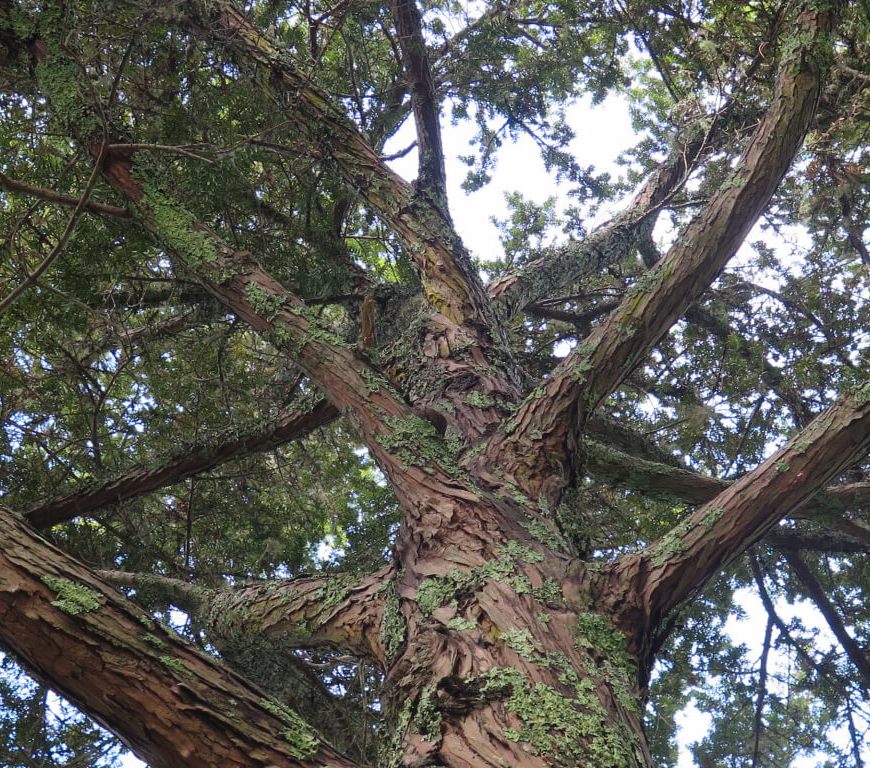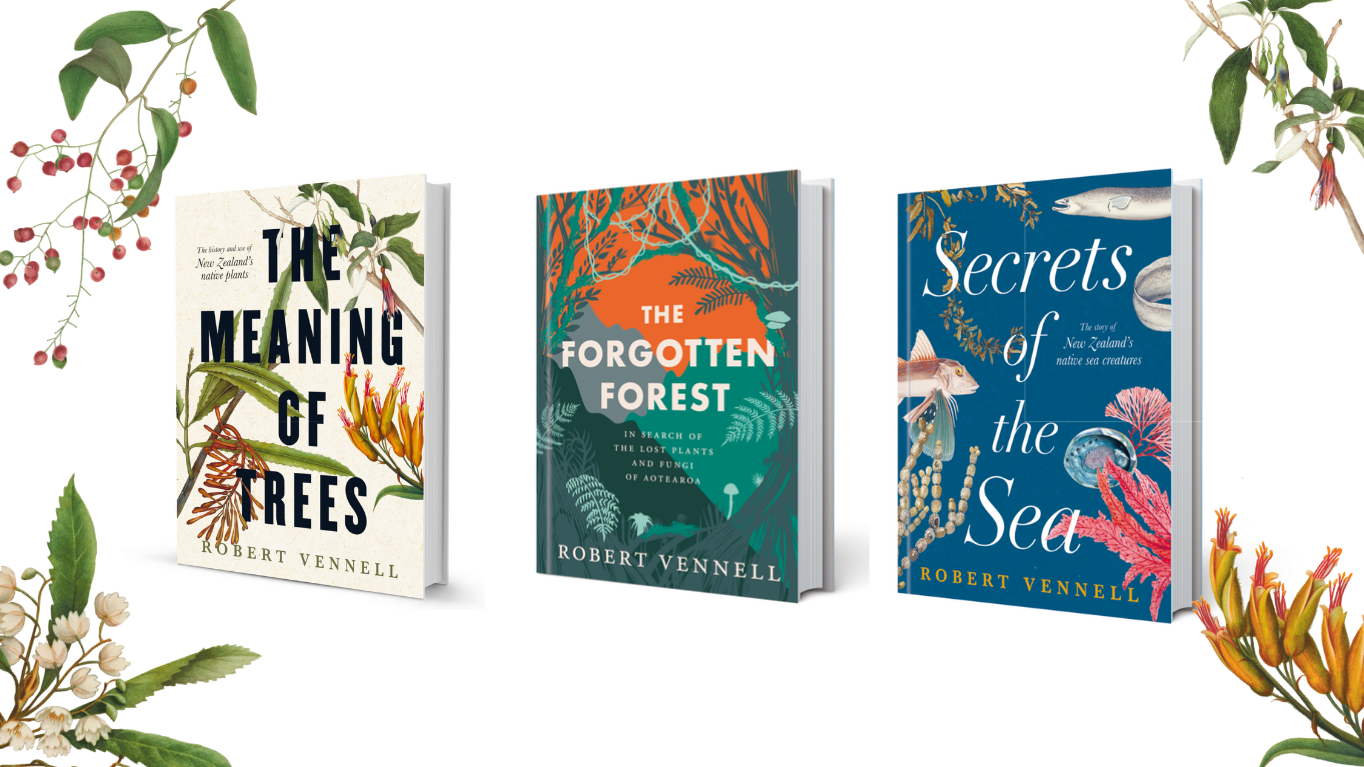
Tōtara – Podocarpus totara
Tōtara is a forest giant, with a massive woody trunk that holds aloft thousands of sharp needle-like leaves. The name ‘tōtara’ is probably a reference to these spiky leaves, as the word tara in Māori means spike or thorn and is used for other spiky animals and plants. Tōtara is covered in thick, stringy bark and can live for over 1000 years. It earned the … Continue reading Tōtara – Podocarpus totara









